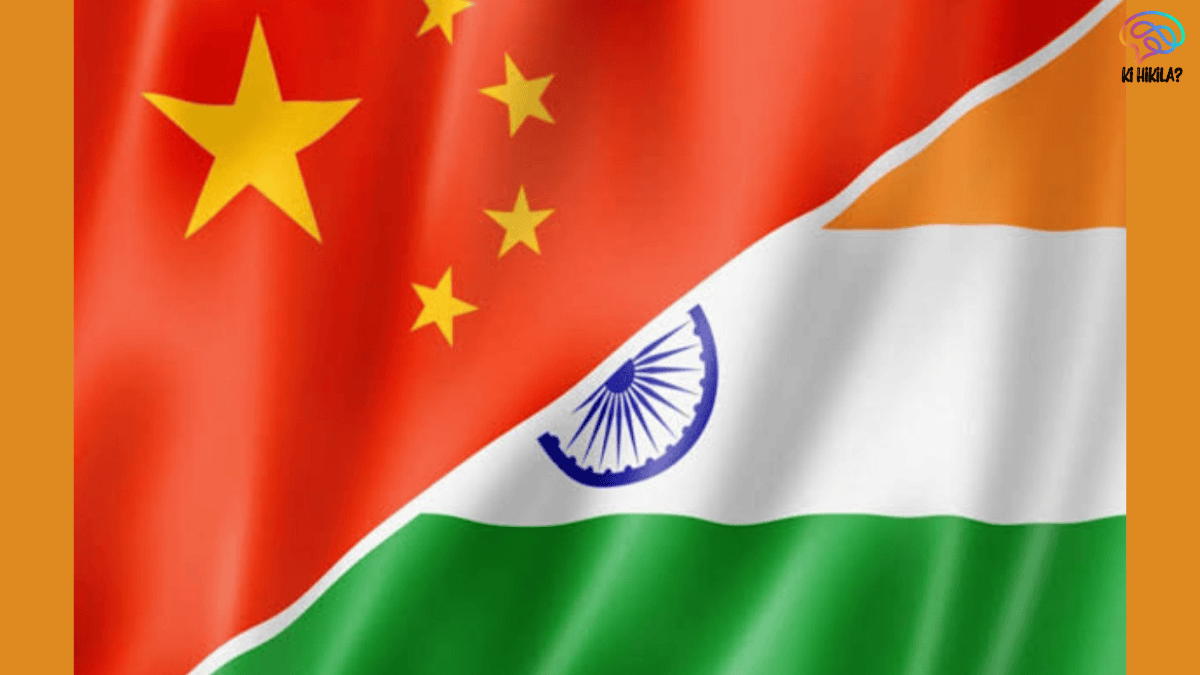India-China AI Governance has emerged as a defining theme in 2025, marking a new chapter in the relationship between the two Asian giants. Prime Minister Narendra Modi’s visit to Tianjin, China, for the Shanghai Cooperation Organisation (SCO) summit signifies a turning point—his first official visit since the Galwan Valley clash. While the summit carries diplomatic weight, the spotlight rests on artificial intelligence (AI) governance, where both nations are seeking to shape global rules that reflect the perspectives of the Global South rather than being dictated solely by the Western world.
Context of India-China Relations
India and China share a history marked by cooperation, rivalry, and border tensions. The Galwan Valley clash in 2020 left deep scars, creating mistrust that lingers in the strategic community. However, both nations also recognise the necessity of collaboration, especially in technology and economic domains. The SCO summit has become a platform for recalibration—moving beyond disputes toward mutual benefits. AI stands at the heart of this renewed dialogue, given its growing impact on geopolitics and the global economy.
Significance of AI in Global Governance
Artificial intelligence is more than a technological tool—it is the driving force behind the next industrial revolution. Its applications extend across healthcare, agriculture, education, logistics, and manufacturing. With AI, nations can leapfrog development stages, but challenges like bias, surveillance, cyber threats, and ethical misuse loom large.

Currently, AI governance frameworks are primarily led by Western blocs such as the OECD, the G7, the European Union, and UN-based initiatives. These frameworks often emphasize values rooted in advanced economies, leaving little room for the voices of the Global South. By advancing India-China AI Governance, both countries aim to ensure that developing nations’ needs and realities are equally represented in global AI rule-making.
India’s AI Initiatives and Vision
India is emerging as a strong AI hub, with its market projected to reach $8 billion by 2025 and growing at over 40% annually. The government has taken proactive steps, including:
- IndiaAI Mission (2024): Aims to build scalable AI solutions and promote ethical innovation.
- National Strategy for AI (2018): India’s foundational roadmap for responsible AI use.
- AI for India 2.0 (2023): A skill-development programme ensuring inclusivity in AI adoption.
India advocates AI as a tool for equity—emphasizing access for developing nations, ethical usage, and closing the digital divide. Its participation in the Global Partnership on Artificial Intelligence (GPAI) demonstrates its commitment to global collaboration.
China’s AI Leadership and Governance
China, meanwhile, has positioned itself as a powerhouse in AI development, with its core industry exceeding USD 140 billion. It is determined to be the world’s AI leader by 2030. Key initiatives include:
- Global AI Governance Initiative (2023): Promotes fairness, transparency, and shared benefits.
- Shanghai Declaration (2024): Reinforces South-South cooperation in AI governance.
China’s vision frames AI as an international public good. Priorities include establishing robust safety standards, ensuring equitable data access, and creating frameworks that make AI development more inclusive. This aligns with India’s vision of democratizing AI for all, providing a fertile ground for collaboration.

Potential for India-China AI Cooperation
Despite unresolved political issues, AI provides common ground. India’s strength in ethical frameworks and inclusivity complements China’s industrial capacity and infrastructural edge. Together, they can:
- Promote AI policies tailored to developing economies.
- Address the digital divide by fostering affordable AI solutions.
- Advocate for fair data-sharing practices that benefit the Global South.
- Support sustainable development goals through AI-enabled innovations.
Such cooperation would not only strengthen bilateral ties but also provide an alternative vision for global AI governance—one that moves beyond Western dominance.
Future Prospects
The future of India-China AI Governance lies in structured, cooperative mechanisms. A bilateral AI task force focusing on ethics, safety, and technology transfer could be the first step. Co-hosting a Global South AI Forum under the United Nations framework could further amplify their joint voice in shaping global AI negotiations.
If successful, this partnership could ensure that AI governance evolves into an inclusive, diverse, and globally equitable system rather than being monopolized by advanced economies. For India and China, cooperation in AI could become a cornerstone of 21st-century diplomacy—transforming rivalry into a shared leadership role in the digital era.
Conclusion
The SCO summit in Tianjin is more than a diplomatic engagement—it represents an opportunity to shape the future of technology governance. India-China AI Governance holds the potential to empower developing nations, bridge the digital divide, and redefine global AI rules. By moving past differences and focusing on shared goals, India and China can ensure that AI becomes a driver of equitable growth, not inequality. The world now watches to see if these two nations can align their ambitions and lead the Global South into a more inclusive AI-driven future.




